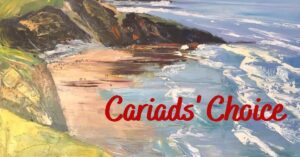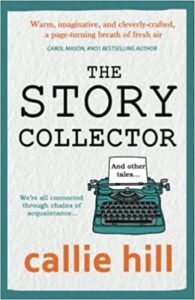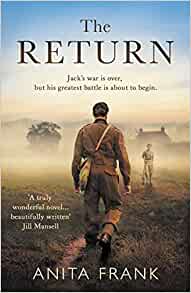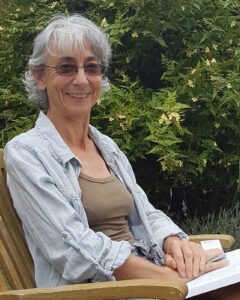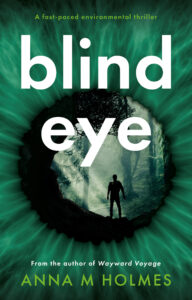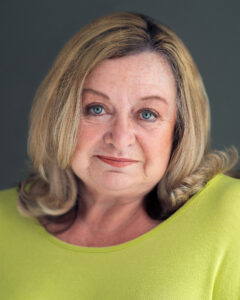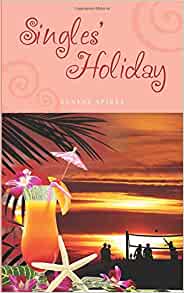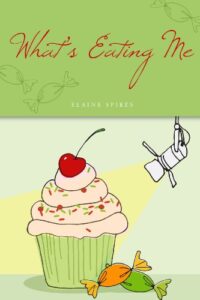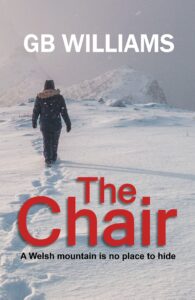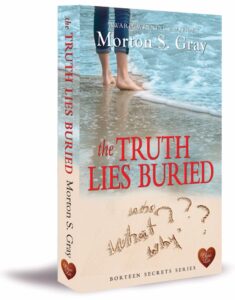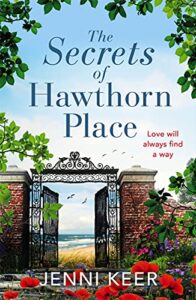Patricia Feinberg Stoner’s At Home in the Pays d’Oc, reviewed by Jessie Cahalin
I sniggered, I cackled and my belly ached as I travelled through the adventures in France. What a treat! Feinberg Stone presents her memoirs of life in France as an expat, and the dream of living in France is contrasted with the reality.
Patricia Feinberg Stoner has a unique flair for writing comedy. She will make you laugh at stories involving: ironing boards, party planning, trips to the second-hand shops, renovation and every day incidents. Les Dawson, Dawson’s poodle and Mighty Mouse feature in the escapades. If you are confused then you will have to learn the ‘gallic shrug’ and say ‘alors’.
Patricia’s witty observations will instruct you in French way of life. However, it is refreshing to view British culture through French eyes and laugh at our own idiosyncrasies. Despite the culture gap, Patricia and her husband charmed the locals. In turn, you will also be charmed by: Henri, Loony Tunes, P’tit Gui and a comedy of wonderful people and a dog.
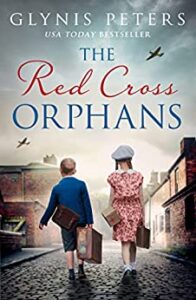 Glynis Peters’ The Red Cross Orphans, reviewed by Jane Cable
Glynis Peters’ The Red Cross Orphans, reviewed by Jane Cable
I honestly think Glynis Peters’ books are getting better and better. Although this time she has the familiar trope of three very different girls who become friends through their wartime choices, it is clear from the beginning that this story won’t necessarily follow the conventional pattern.
The orphans in this story are not the three girls, but one woman and one man, and it becomes very clear that this wonderful wartime romance is all about them. Kitty and Michael are rich and rounded characters with frailties and flaws that make the issues they encounter and their sometimes conflicted feelings for each other all the more convincing.
Coupled with the incredibly drawn background of a country at war, rich with historical detail, this book is definitely a must read for fans of World War Two fiction – or, indeed, those who adore a great love story.
Nicola Cornick’s The Last Daughter, reviewed by Evonne Wareham
A new and original slant on the eternal mystery of the fate of the Princes in the Tower, for those of us who think that Shakespeare got it wrong about Richard III. The book is a clever time slip that alternates between the life of Anne, growing to womanhood in the fifteenth century and witnessing the Wars of the Roses first hand, and Serena in the present day, whose life has been overshadowed by the mysterious disappearance of her twin sister and her own inability to remember the events of the night when Caitlin vanished. When a body is finally discovered, in seemingly impossible circumstances, Serena returns to her grandfather’s home in Oxfordshire in an attempt to make sense of the past. Throw in a handsome old flame who might not be all he seems, a mysterious talisman and a heavy sprinkling of the supernatural and you have an enthralling story.
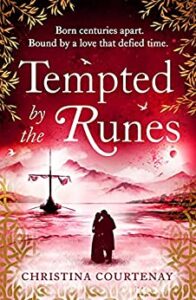 Christina Courtney’s Tempted by the Runes, reviewed by Natalie Normann
Christina Courtney’s Tempted by the Runes, reviewed by Natalie Normann
Maddie thinks she knows everything there is to know about Viking life, having taking part in Viking festivals since she was little. That is, until she finds herself in the 9th century, with real life hitting her in the face. Waking up in a proper longship on it’s way to Iceland will do that to you.
Having read the three other books in Christina Courtney’s Viking series, I’m happy to report that this is every bit as good. It’s gripping from the start, filled with daring adventure and lovely romance – and all the details of Viking life you ever wanted to know. You can’t help fall in love with Maddie and Geir as they try to figure out what’s between them. The story is well-written and so well researched it’s pure joy to read it. I didn’t want it to end!

